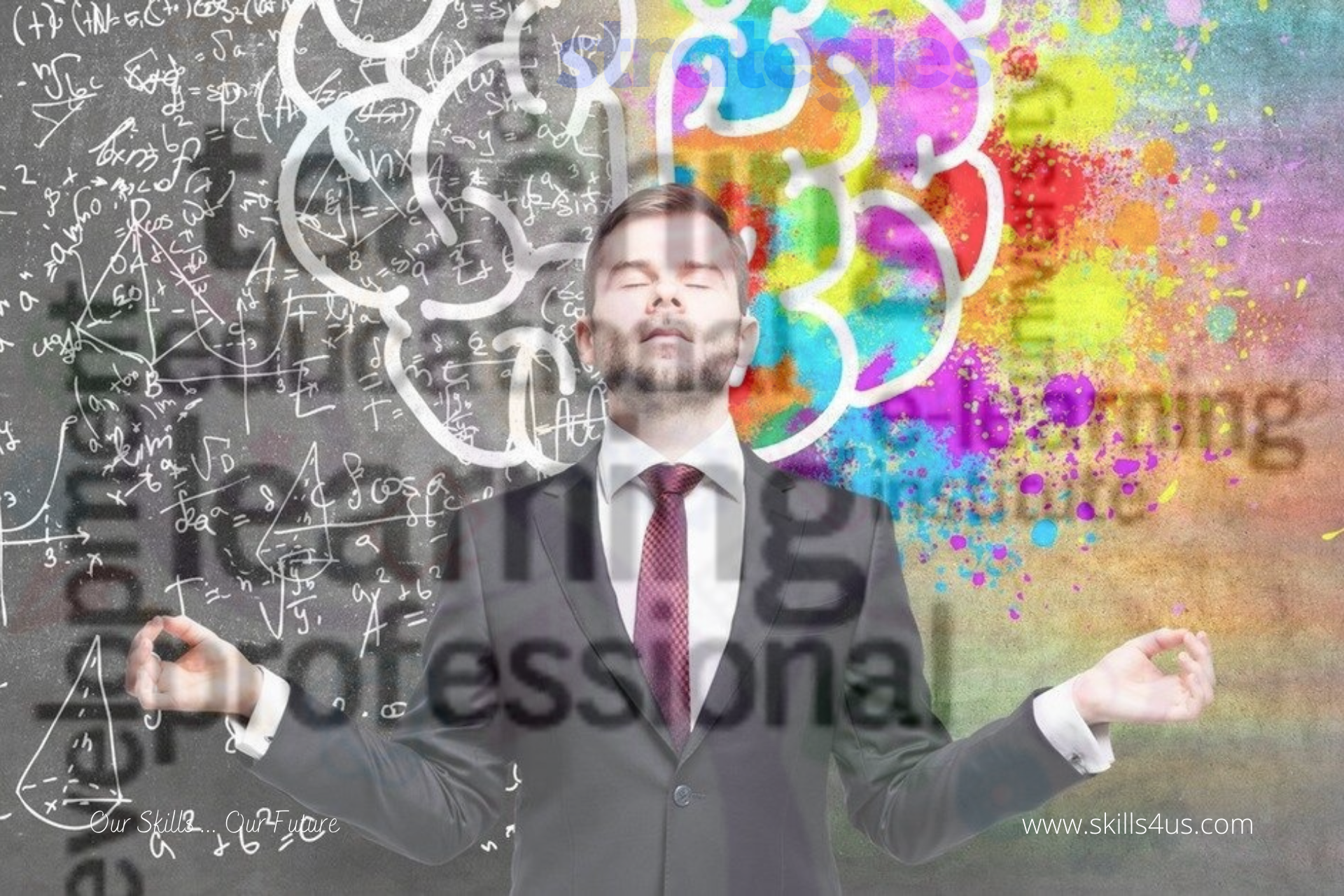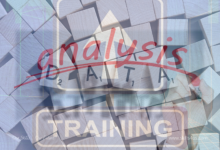
13 Creative Teaching Strategies That Meet Students’ Needs And Reach Their Full Potential
Universities place great importance on the expertise of those they employ in their field but often do not require practical teaching experience or formal preparation in teaching methods and techniques. This is a problem, however, because knowledge of the subject area is only half of what is required for good teaching. Faculty who have yet to learn the basic principles and techniques of teaching will present the material in the driest, least effective manner possible and then wonder why their students are not more motivated to learn. Furthermore, what may have worked once in a semester may not work again. Developing teaching strategies to suit learners’ needs is a great way to ensure learners participate meaningfully and effectively in the classroom. Creative teaching strategies help students meet their needs and achieve their full potential.
Creative teaching strategies
1. Professional development
Attending professional development courses is a great way to keep up with new research methods and teaching techniques. With educational practices and policies continuously improving, these courses are ideal for interacting with like-minded faculty to share input and ideas that can be used in teaching practice.
2. Collaborative learning
Collaborative learning is an educational strategy in which a small group works collaboratively on a specific task. The task can be as easy as solving a test or as complex as writing a story. In such activities, students with all learning abilities together help maximize each other’s potential. Cooperative learning encourages students to collaborate on projects and assignments and enhances academic achievement. It also instills valuable teamwork skills and fosters responsibility to contribute to completing the task.
3. Differentiated learning
Recognizing that students have different learning abilities and preferences, effective faculty adopt a differentiated learning strategy. This strategy allows them to tailor their teaching methods to meet students’ needs, ensuring that all students succeed. Note that a strategy for differentiated learning should mean more than just different content to suit individual needs. It can mean combining different content, products, teaching aids, methods, or learning environments to help learners succeed. This strategy, therefore, helps address diversity in learning experiences and meet the needs of all students in an equally engaging way.
4. Interrogation
This strategy stimulates critical thinking and meaningful discussion by reinforcing students to explore concepts and ideas deeply. Additionally, by asking thought-provoking questions, faculty can guide students to analyze and think about the topic effectively. Moreover, practicing this strategy enhances analytical thinking and logical reasoning skills. It also helps students expand their conceptual abilities and motivates them to think critically and express their ideas.
5. Flipped learning
It is among the best teaching strategies for creating an interactive, student-centered learning experience. In this approach, faculty members provide teaching materials, such as readings or video lectures, for students to review at home. Examples of flipped learning include students watching video lessons before class and using their class time for discussions, problem-solving, and collaborative projects. This teaching strategy encourages self-directed learning and helps students develop critical thinking skills.
6. Create mental images
This strategy helps students focus on the concept or topic. It brings concepts to life and encourages students to connect with the real world. A faculty member can implement this strategy in the classroom through audio-visual aids, charts, graphs, and mind maps.
7. Team-based learning
It is a pedagogical strategy that engages students’ knowledge through individual testing and group collaboration. After individual answers, students join teams and work on problems, appealing when answers are incorrect. This process encourages students by holding them accountable to themselves and each other while introducing them to various thinking processes specific to a single problem.
8. Student-centered inquiry
Empowering students to take control of their learning is a hallmark of good teaching practice. A student-centered inquiry strategy encourages independent exploration, critical thinking, and curiosity. By focusing on the student’s role in the learning process. Therefore, in an inquiry-based classroom, students can explore the material or concept, understand it, share ideas and opinions, and ask questions rather than the faculty member explaining the concept orally.
9. Project-based learning
This strategy motivates students to work on lengthy projects that need them to explore, analyze, and apply their knowledge. This strategy also enhances critical thinking, collaboration, and problem-solving skills. For example, students perform complex, open-ended tasks that simulate real-life situations. Moreover, it is an effective teaching strategy that allows students to delve deeply into topics and develop practical practical skills outside the classroom.
10. Mindfulness and social-emotional learning
Mindfulness and social-emotional learning focus on enhancing students’ emotional well-being and interpersonal skills. Mindfulness practices are ways to teach students how to manage stress and improve focus. In addition, social and emotional learning strategies include teaching skills related to self-awareness, empathy, and relationship-building. This strategy, therefore, provides students with vital social and emotional skills to deal with challenges effectively.
11. Technology-based learning
Regarding online learning, it is essential to utilize technology effectively. Therefore, many university faculty use technology in teaching strategies, such as webinars and smart boards, to help students learn better. Moreover, a technology-based learning strategy refers to more than just using tools. Instead, when we talk about learning technology, we’re talking about how to make sound pedagogical choices about the effects of using particular tools on student learning.
12. Peer education and assessment
It is one of valuable creative teaching strategies that enables students to participate actively in their learning. Peer tutoring encourages collaboration and knowledge sharing among peers, enhancing the learning experience. Using this strategy, students learn from their peers, enhancing their understanding of the scientific material. In addition, the peer assessment process involves students evaluating each other’s work, which promotes self-evaluation and critical thinking.
13. Service Based-Learning
The service based-learning strategy seeks to engage individuals in activities that combine community service and academic learning. It is also a learning practice when students participate in an organized service activity that meets identified community needs and is reflected in the service activity in such a way as to gain a greater understanding of the course concept, a broader appreciation of the discipline, and a strengthened sense of civic responsibility. Furthermore, the service based-learning strategy benefits students, faculty, and the community by enriching student learning, Teaching civic responsibility, and strengthening communities.
Incorporating creative teaching strategies into the classroom can create a supportive and more engaging learning environment, ultimately benefiting both faculty and students in the educational process. By adopting these strategies, faculty can promote a positive and enriching educational experience for all.



